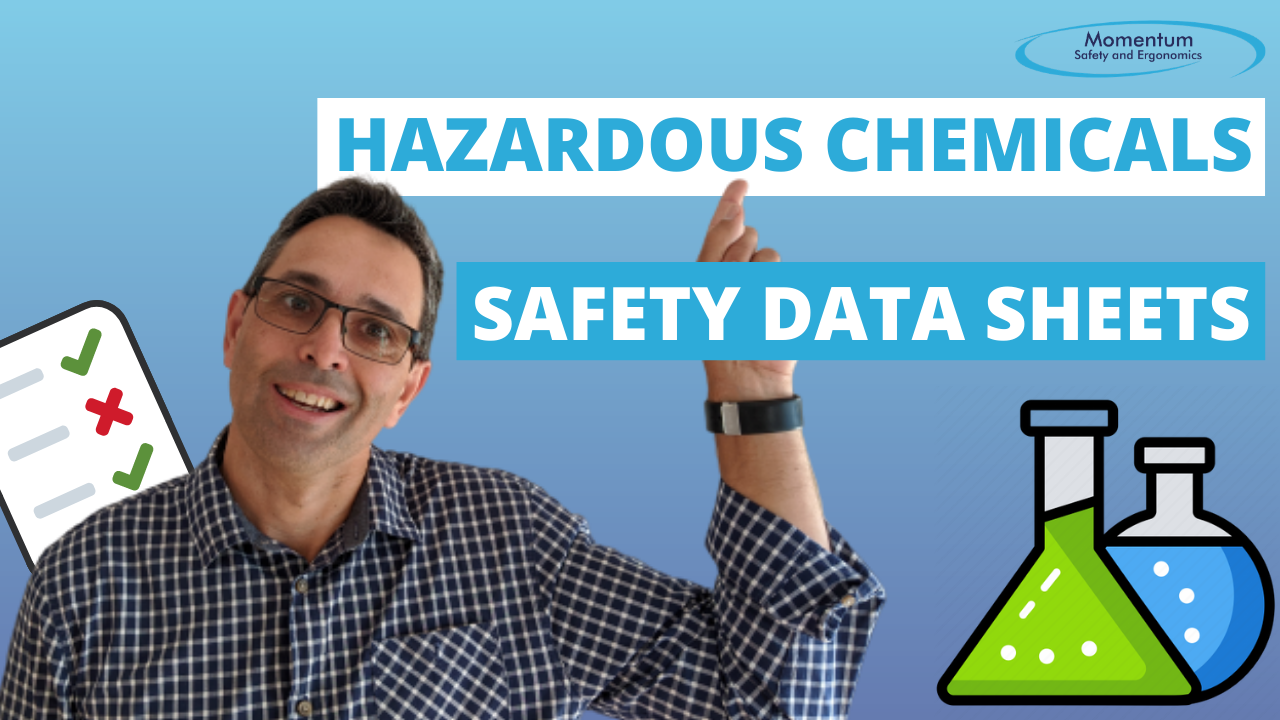5 Tips to Help Small Businesses Tackle their Health & Safety Responsibilities
For organisations with more than 25 employees, looking after health and safety properly isn’t usually too much of a problem.
It’s likely that they’ve got enough bums on seats, and in-house expertise, to do what needs to be done. Tasks can be shared, knowledge can be pooled and an adequate system maintained over time.
For those smaller businesses however, it’s often a different story. Up until now a lot of these micro businesses have struggled to address health & safety properly – if at all.

For many, health & safety compliance is difficult to understand. There are just too many clauses to be aware of, so many elements to keep track of. It all adds up to an extra effort that they don’t have time for – even though the penalties for not complying are extreme.
Ironically, the idea of big fines and prison often has the opposite effect to the one which the legislators no doubt had in mind. Instead of acting as a motivator, these punishments scare a lot of micro businesses into complete paralysis. They hunker down, hoping that everything will just somehow work out okay. Under the radar. Fingers crossed. Nothing to see here.
And up until now, small businesses have largely been able to hide from health & safety legislation. Sure, if they had an accident a magnifying glass was aimed upon them but, by and large, most have been able to exist in a state of inaction. But things are about to change – particularly in New Zealand.
Not only is the health & safety legislation about to be made more rigorous, but Worksafe NZ will also be putting more boots on the ground. There will be more inspectors not only investigating breaches but out in the field actively looking for breaches. It’s enough to scare the pants off many small businesses owners!
Predictably, SME industry representatives have complained loud and long about the proposed changes. They have lobbied their Members of Parliament about reducing the impact of the Act, and have been successful in slowing down its progress. There is even talk of many of them going out of business under the weight of their new health & safety responsibilities.
Well, I don’t buy it for a minute. I have been around long enough to hear small businesses whinge that the cost of equal pay/paid parental leave/increases to the minimum wage are all going to drive them quickly into insolvency. I see no wide-scale evidence of this, and have no reason to believe that addressing health & safety will harm them either.
It's time to front up
All businesses (not matter how small) need to front up to their responsibilities, and they need to do it regardless of how watered-down the final legislation might be. It’s not hard, it just means rejigging things a bit. Here’s what they need to do:
- Take a Kaizen approach
In other words, make small step improvements. Doing a little bit each day will get you there (reading this blog is step one – well done, you are on your way!)
- Walk the Gemba
Start by getting out on the shop floor and talking to your staff about hazards and risks to the business. Talk about it on a daily basis during normal business activities. Make health & safety an important topic. Keep notes of ideas and feedback from staff and customers.
- Hold company forums
In your organisation you probably already have a few existing get-togethers where you could easily slot in health & safety topics - during Friday afternoon drinks, in monthly meetings or at Team Meetings, for example. Make the conversation 2-way. Get the staff to engage in questions like: How are hazards controlled? How do you lift that? Do you need a forklift licence? Is your workstation setup correctly? Once you have discussed a few hazards write them down in a register and post that on a noticeboard. Over time the agreed control of hazards will continue to grow on the board and soon they will just be a part of doing business. The list of hazards is now a hazard register. Easy. Remember - small steps.
- Have a new topic each month
At the next forum, you could focus on emergencies. Leading up to that forum, walk the Gemba with emergencies as your topic. Listen to your staff and soon enough you will have decided what to do in a fire, or earthquake, or flood, or when an accident occurs. After you have discussed the issue at your monthly forum, put the notes/procedures on the noticeboard.
- Get into a monthly cycle
Each month focus on a different health and safety topic – one month you could talk about accidents and what you have all learnt from them; the next month you could look at the issue of contractors on site (are they following procedure, for example); the month after that you could discuss health & safety training, and so on.
Stick with it
After 4-5 months you will have covered the main parts of the health & safety legislation. Just keep rotating the topics each month to stay on top of things.
The top two advantages of dealing with health & safety this way are that a) you are actually dealing with health & safety, and not just leaving your workers’ health and well-being to chance, and b) because you don’t have a separate health & safety committee and you walk the gemba, everybody in your business has to think about health & safety. It’s everyone’s responsibility. It’s part of everyone’s job.
Pass this article onto every small business that you know of which takes a head-in-the-sand approach to health & safety. Help them lift their game without breaking their business.
.png?width=200&height=51&name=image%20(2).png)



